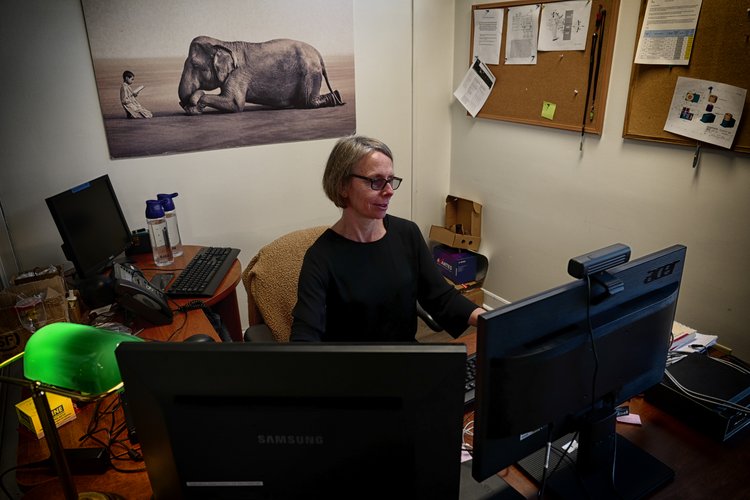Rumored Buzz on Circularly Polarized Luminescence
Rumored Buzz on Circularly Polarized Luminescence
Blog Article
Uv/vis/nir Can Be Fun For Anyone
Table of ContentsExcitement About Circularly Polarized LuminescenceThe Definitive Guide for Uv/vis/nirThe Facts About Circularly Polarized Luminescence UncoveredEverything about Circular DichroismUv/vis/nir for Dummies

Spectrophotometry is a tool that hinges on the quantitative analysis of particles depending on how much light is taken in by colored substances.
9 Simple Techniques For Circularly Polarized Luminescence
A spectrophotometer is frequently utilized for the measurement of transmittance or reflectance of services, transparent or nontransparent solids, such as sleek glass, or gases. Although many biochemicals are colored, as in, they absorb noticeable light and for that reason can be determined by colorimetric procedures, even colorless biochemicals can frequently be transformed to colored compounds ideal for chromogenic color-forming reactions to yield compounds appropriate for colorimetric analysis.: 65 However, they can likewise be designed to determine the diffusivity on any of the listed light varieties that normally cover around 2002500 nm using various controls and calibrations.
An example of an experiment in which spectrophotometry is used is the determination of the equilibrium constant of a solution. A particular chemical reaction within a solution may occur in a forward and reverse direction, where reactants form items and products break down into reactants. At some point, this chemical reaction will reach a point of balance called a balance point.
All about Uv/vis
The amount of light that goes through the solution is indicative of the concentration of particular chemicals that do not allow light to go through. The absorption of light is due to the interaction of light with the electronic and vibrational modes of molecules. Each type of particle has a private set of energy levels connected with the makeup of its chemical bonds and nuclei and thus will take in light of particular wavelengths, or energies, leading to distinct spectral residential or commercial properties.
They are extensively used in many industries consisting of semiconductors, laser and optical manufacturing, printing and forensic evaluation, as well as in laboratories for the research study of chemical substances. Spectrophotometry is often utilized in measurements of enzyme activities, decisions of protein concentrations, decisions of enzymatic kinetic constants, and measurements of ligand binding reactions.: 65 Ultimately, a spectrophotometer is able to figure out, depending on the control or calibration, what compounds are present in a target and precisely how much through computations of observed wavelengths.
This Resources would come as a solution to the previously produced spectrophotometers which were unable to take in the ultraviolet correctly.
Circularly Polarized Luminescence for Dummies
It would be discovered that this did not provide satisfactory results, for that reason in Design B, there was a shift from a glass to a quartz prism which enabled for better absorbance outcomes - UV/Vis (https://allmyfaves.com/olisclarity1?tab=Olis%20Clarity). From there, Design C was born with an adjustment to the wavelength resolution which ended up having 3 units of it produced
It irradiates the sample with polychromatic light which the sample absorbs depending on its properties. Then it is transferred back by grating the photodiode variety which discovers the wavelength area of the spectrum. Ever since, the development and execution of spectrophotometry gadgets has increased exceptionally and has become one of the most ingenious instruments of our time.

The 8-Minute Rule for Spectrophotometers
The grating can either be movable or repaired.
In such systems, the grating is repaired and the strength of each wavelength of light is measured by a different detector in the array. Additionally, most contemporary mid-infrared spectrophotometers utilize a Fourier change technique to get the spectral info - https://www.kickstarter.com/profile/olisclarity1/about. This technique is called Fourier transform infrared spectroscopy. When making transmission measurements, the spectrophotometer quantitatively compares the portion of light that goes through a recommendation solution and a test option, then digitally compares the strengths of the 2 signals and calculates the percentage of transmission of the sample compared to the referral requirement.

Report this page